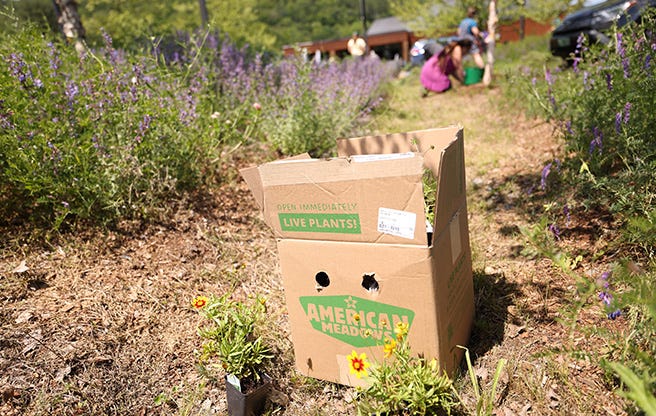Yellow Prairie Grass
SALE | SAVE 9%
SKU: AM021404
Shipping:
Shipping begins the week of May 6th, 2024
Overview
Yellow Prairie Grass is a resilient native grass species that supports birds, butterflies, and wildlife. Upright foliage emerges in spring, grows most vigorously in summer, and turns luminous gold in fall. Bronze flower panicles extend above the foliage on stiff upright stems in the late summer and fall. Yellow Prairie Grass was a dominant species of the tallgrass prairie that once covered large parts of the Midwest. Its deep fibrous roots make it resilient in rocky, clay, and sandy soil, great for erosion resistance, and very drought tolerant.
key features
Botanical Name
Sorghastrum nutans
Advantages
Native, Attracts Birds, Deer Resistant, Autumn Interest, Winter Interest, Mass Plantings, Privacy, Erosion Control
Growing Zones
Zone 3, Zone 4, Zone 5, Zone 6, Zone 7, Zone 8, Zone 9
Light Requirements
Full Sun
Soil Moisture
Dry, Average
Mature Height
3-8' tall
Mature Spread
12-24" wide
Bloom Time
Late summer to frost
SKU
AM021404




